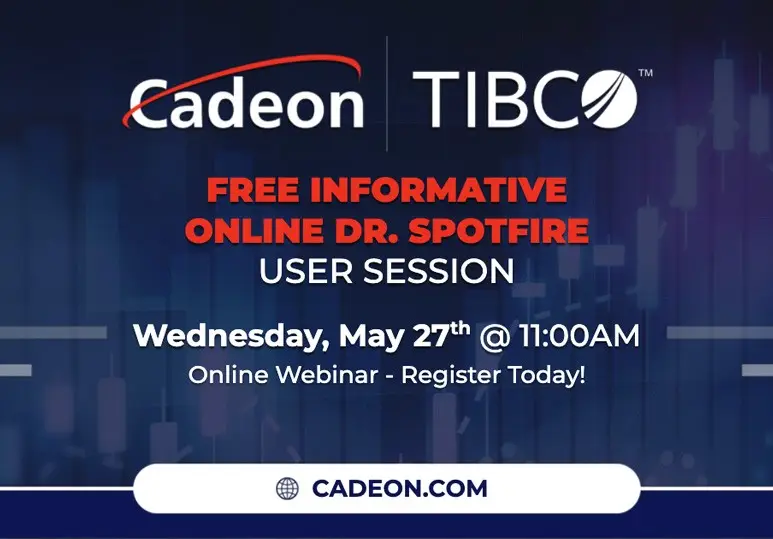It is quick, easy and only 2 steps to insight.
To embark upon this journey of quick, easy and insightful access to your organization’s data, we need to find a better way.
“Insanity: doing the same thing over and over again and expecting different results” – Albert Einstein
We are suggesting a breakup with Excel. You heard that right. Ba-bye. There, that wasn’t so bad, was it?
Excel has its place and does ok with some basic data management. The fact is there are several faster and better ways to visualize your data, spot patterns, and trends and get key insights into your data. Spreadsheets don’t enable you to see that flow from databases on-premise, cloud data, Big data sources, and other industry-specific data sets.
They say nothing lasts forever – sadly this is true. And without really gaining that visibility and perspective on your companies data, your business will lose that competitive edge and might go the way that Kodak, Yahoo, and others have before.
Moving to a data discovery platform like Spotfire or Tableau will enable you to take advantage of the exponential growth in data and information. Cisco Data Virtualization works with your analytics software to take your data intelligence to the next level.
Excel Pros
It is tried and tested, we know almost everything there is to know. It can hold large data volumes if needed. You can do some quick sorts and filters and get some key facts about customers, operations or whatever it is you have data on.
Using formulas and macros, end users can perform some data analysis on the information. When you want to keep up to your competitors and start utilizing the modern forms of data analysis, you need to go beyond Excel.
Excel Cons
Excel brings along with it several downsides and complications for folks trying to understand their data better. You probably think Excel can share nicely, why not, it even has that ‘ Share’ button like all the other office applications. That is where Excel sadly fumbles, or rather the end user. See most people have their own naming conventions and versioning factors. They may or may not be aligned with corporate policies. Then there may be one person assigned to be the master workbook manager, who has the unenviable task of copying and pasting to make sure things are right – right?
It is complex to discover and see complex relationships of data. Typically, excel is strong with one variable at a time, but to sort through a variety of factors, you need a guru of programming in excel.
Combining and mashing data in Excel is time-consuming and laborious. Getting access to the current, real-time up-to-date data is a challenge in Excel. Cleaning the source data to have it just the way you want in Excel can be a risking proposition, now you are hoping or praying the data is even the right data set, most current version. Tracking down any errors requires significant time and detective skills.
You can’t exactly drill down into the source datasets from excel. Finding outliers isn’t easy in excel and when you do, trying to determine why that is can be a substantial waste of time with no clear outcome.
Taking this to the logical conclusion
Change is tough. People by nature get used to how things currently are, even if there are better ways that would make our lives easier. Can Excel still be part of the toolset – sure. But if you are trying to take your data analytics up a notch, to start doing predictive analytics and peer into the future of what might happen, then spreadsheets fall short. Asking the right questions helps to guide the direction an organization should move in. So using a discovery tool to look at a company’s data as a whole, and not in just small, disparate data sets, enables these questions.
Connect with us to see how we can take you from hours and weeks of time, lack of confidence and uncertainty in the data – to 2 clicks to Insight!
Call or email us for a FREE Coffee Consultation. 403-919-7399 or info@cadeon.com.


